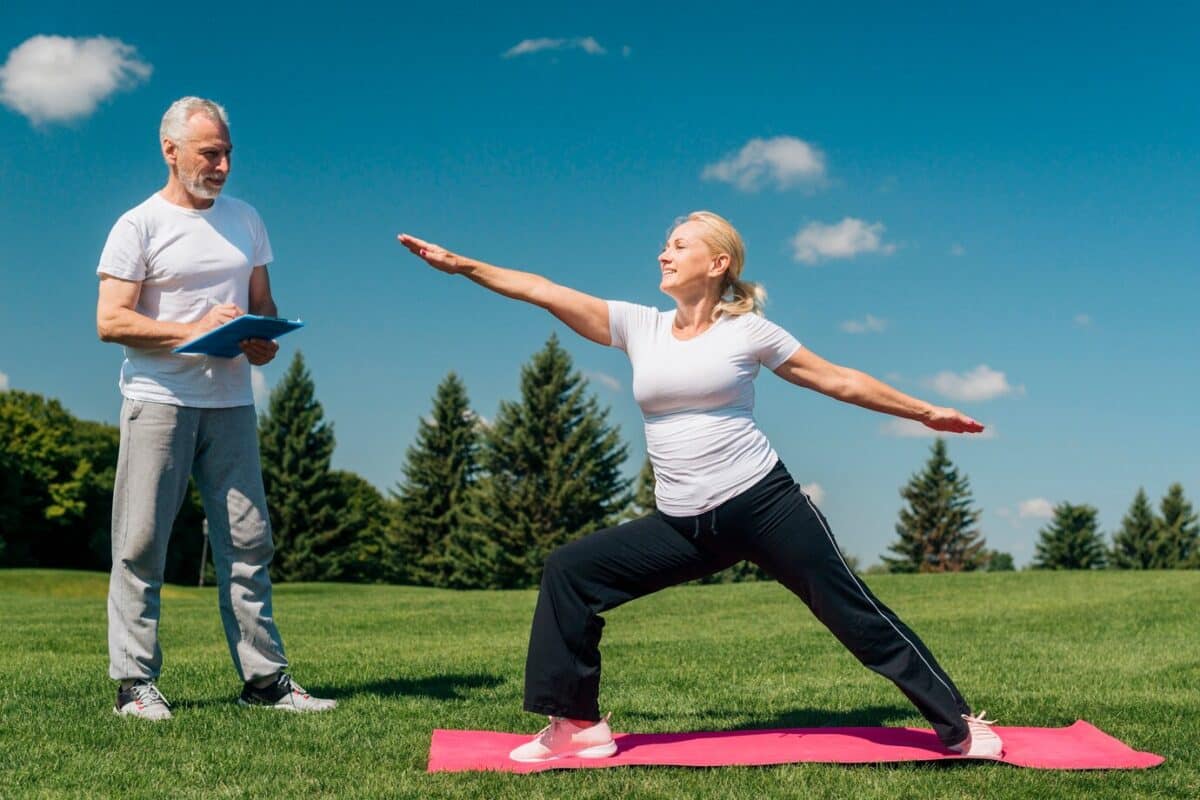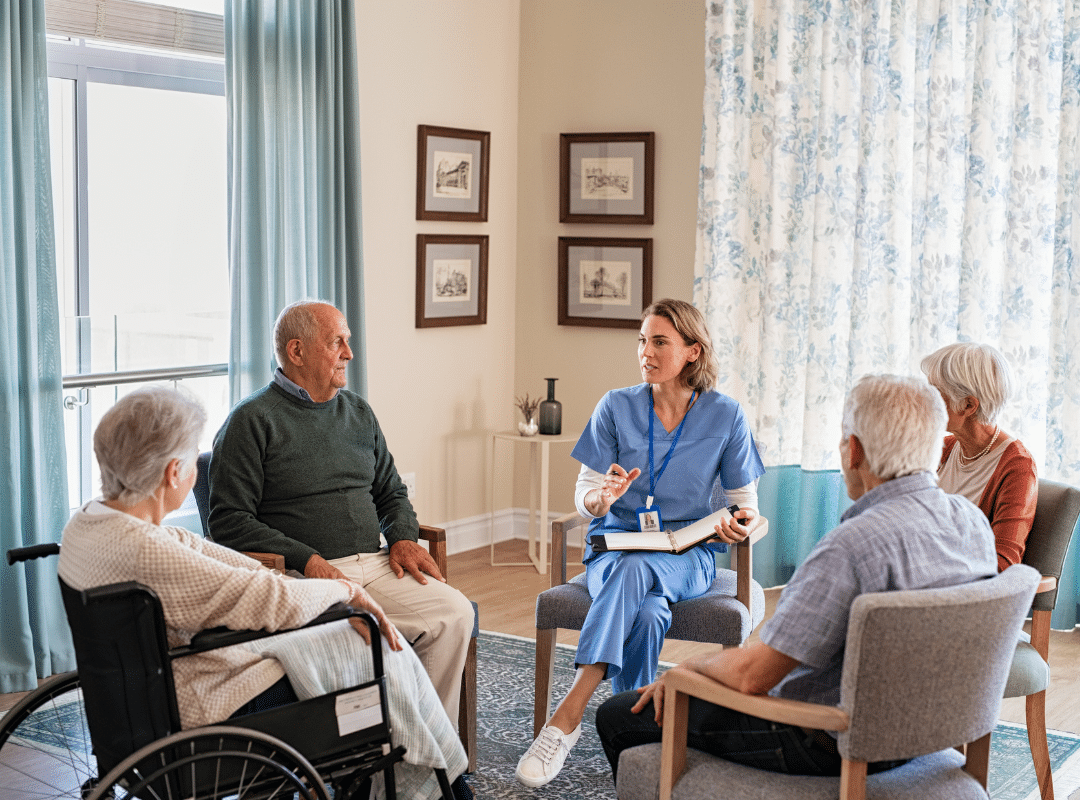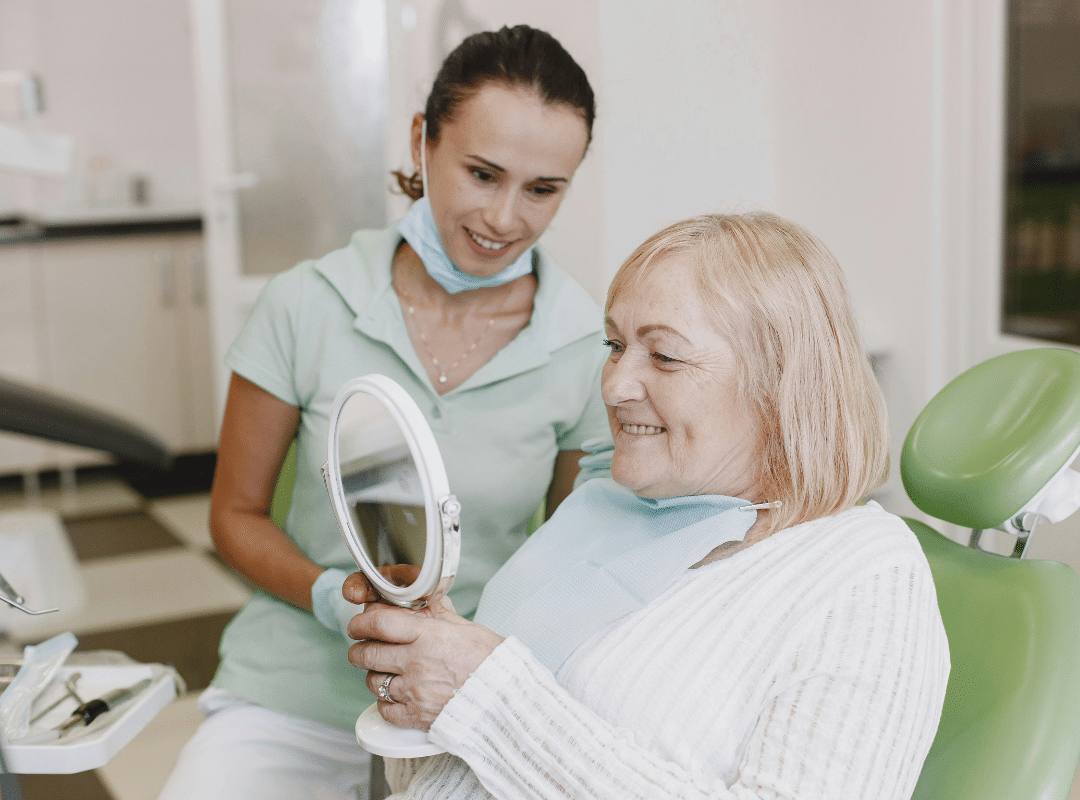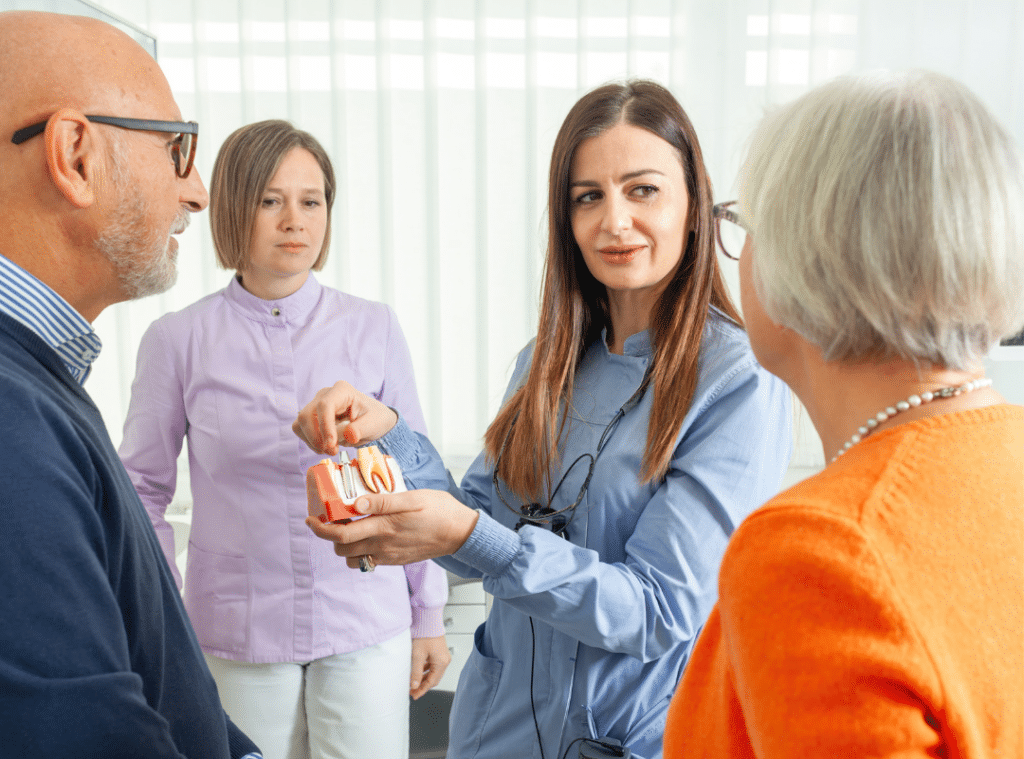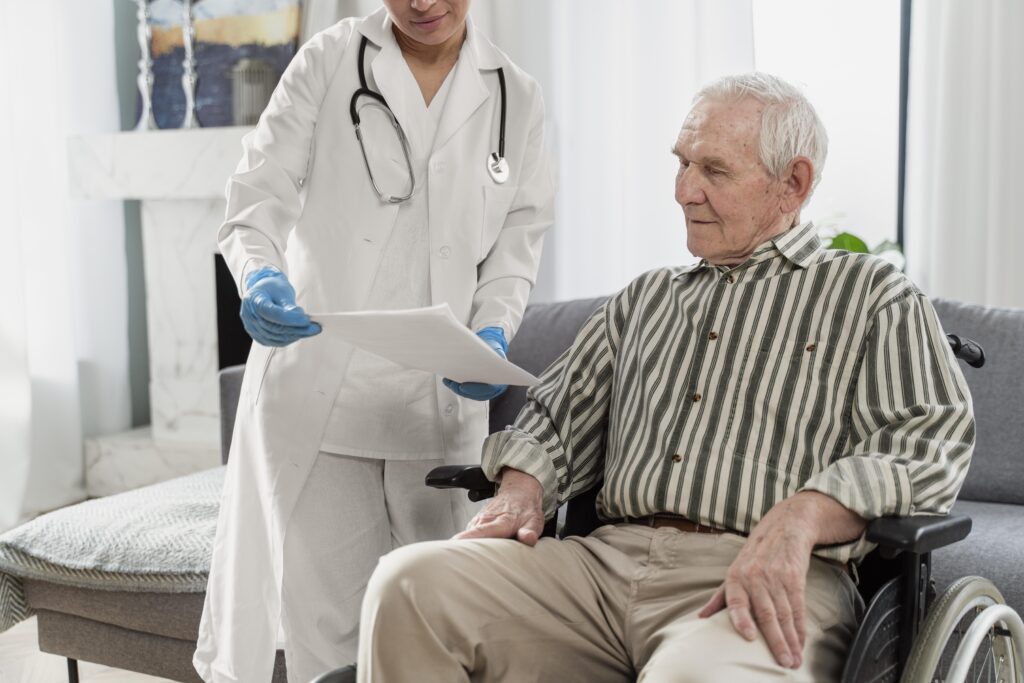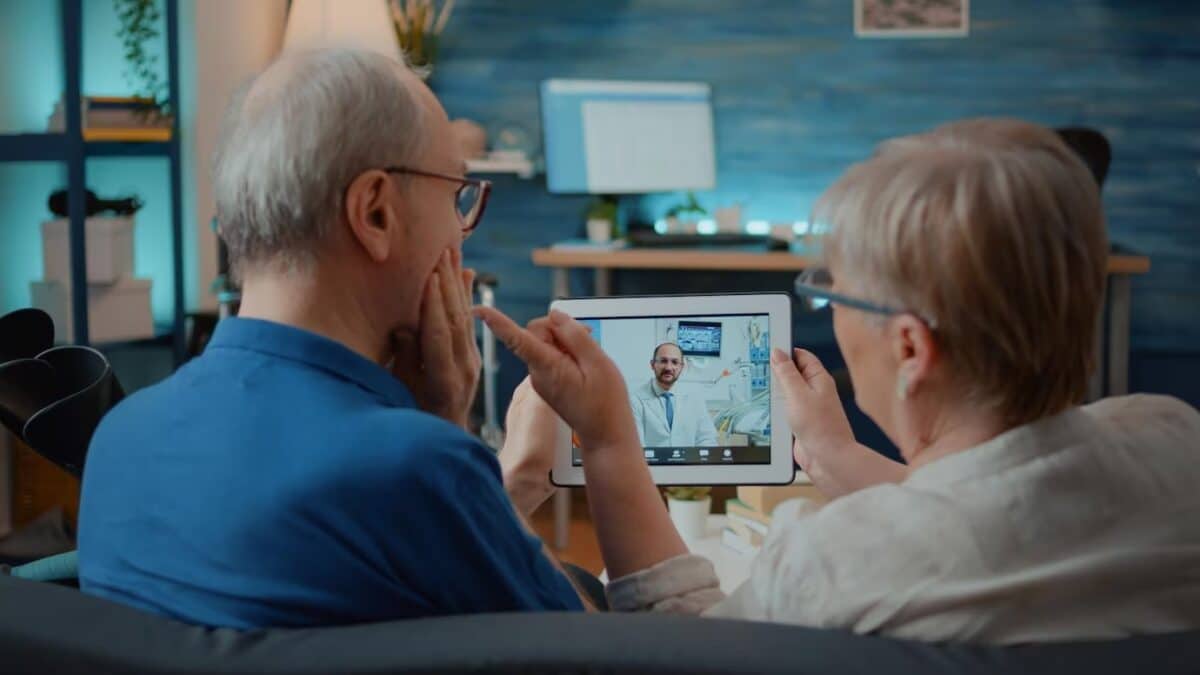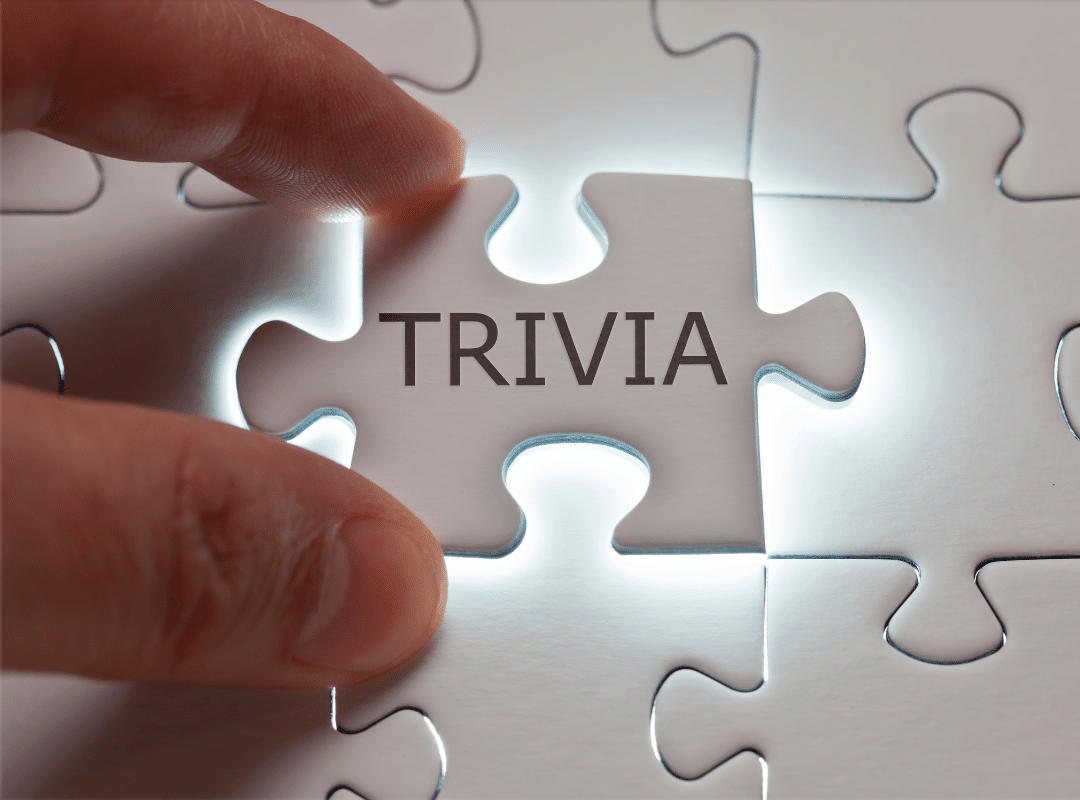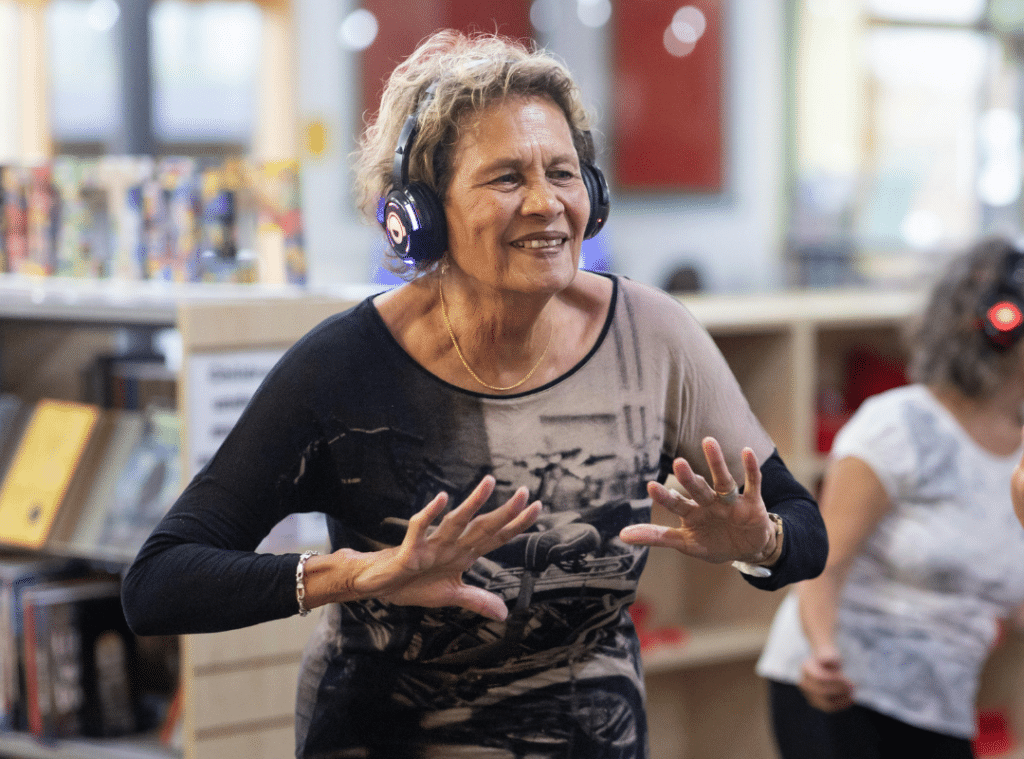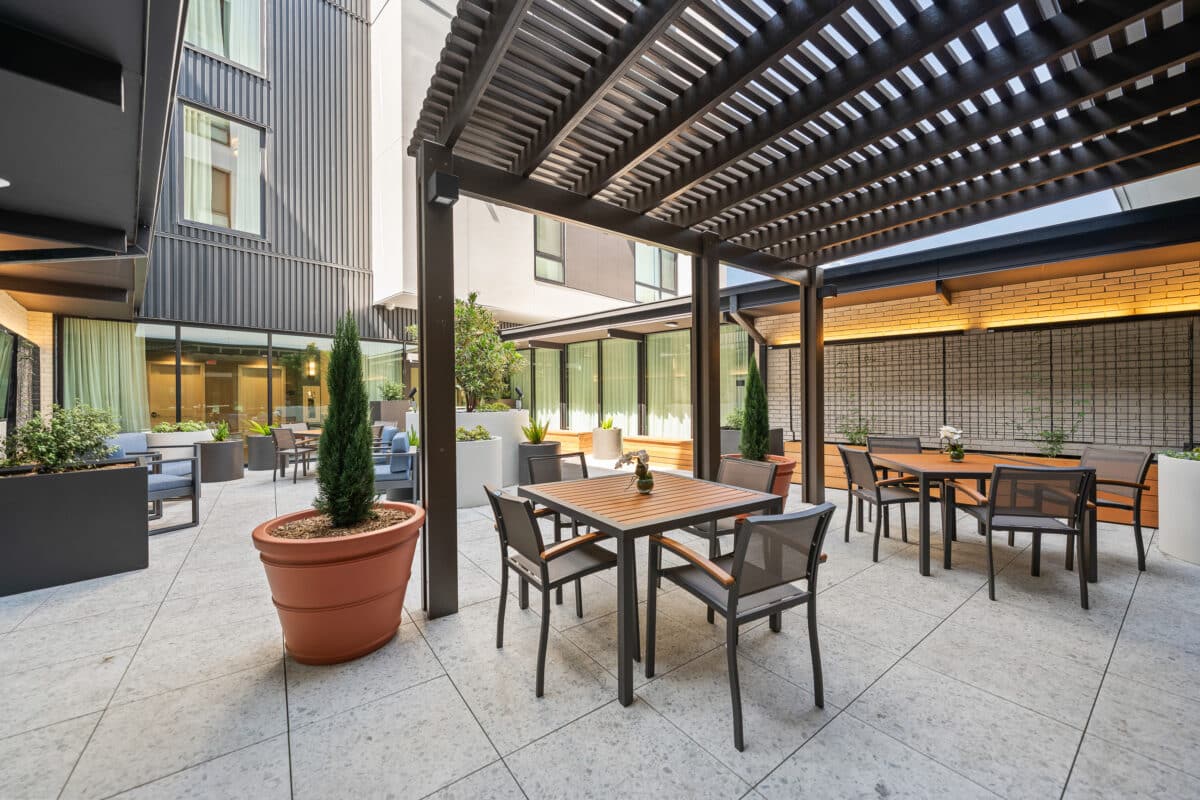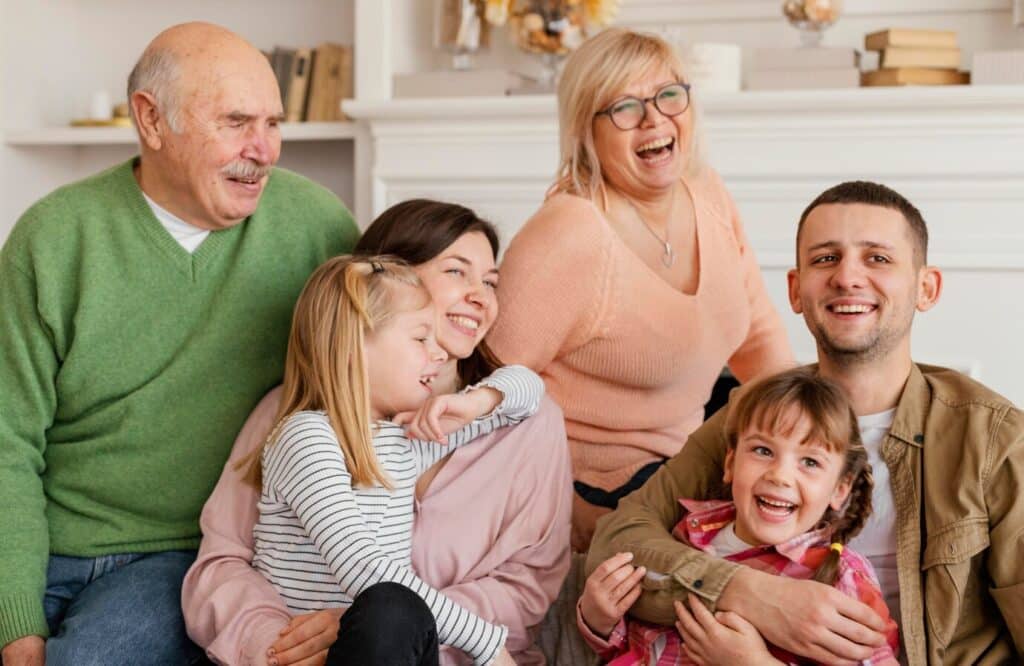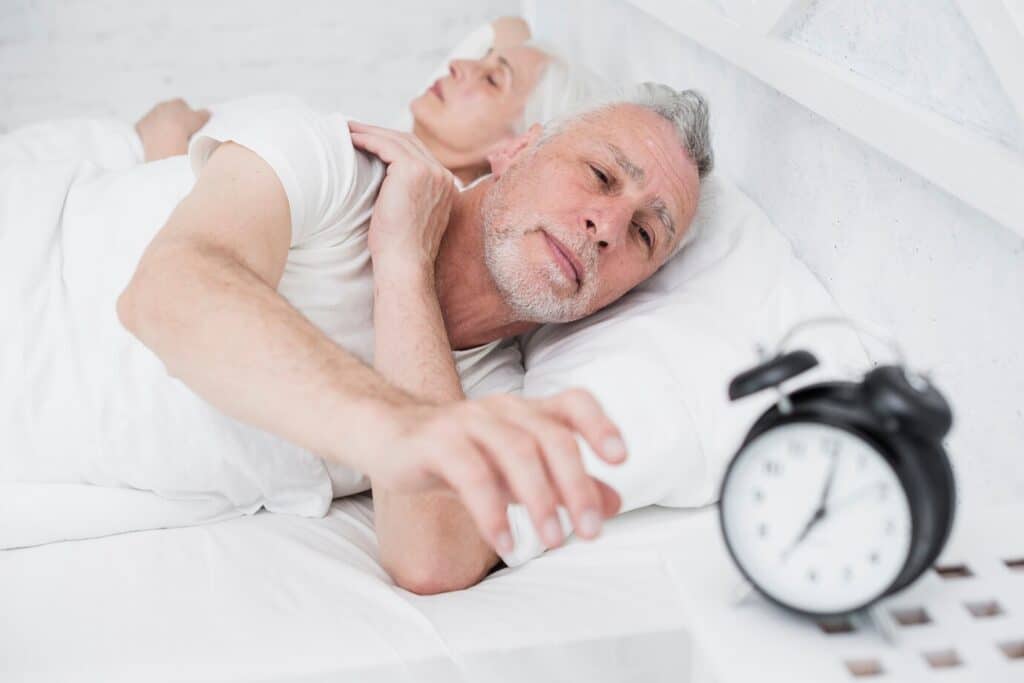8 Senior Exercise Programs for Boosting Strength
Looking for ways to stay active and healthy as you age? Senior exercise programs are a powerful solution that can transform your physical, mental, and emotional well-being. Whether you prefer working out in person or exploring virtual options from the comfort of home, there’s a routine tailored just for you.
At Westmont of Culver City, we believe movement should be enjoyable and accessible. That’s why we offer a variety of engaging fitness classes that cater to every senior’s needs and comfort level, encouraging lifelong wellness through strength, balance, and fun.
For more details, visit Westmont of Culver City.
1. Building Strength, Flexibility, and Balance
As we age, staying physically strong and balanced is essential to preserving independence and reducing the risk of falls. Senior exercise programs at Westmont of Culver City include chair yoga and resistance band workouts that support safe, low-impact fitness.
Chair yoga allows for seated and standing poses that improve balance and joint mobility. It’s ideal for individuals with limited flexibility or arthritis. Meanwhile, resistance bands help you build muscle without the strain of traditional weights.
These activities create a balanced routine that supports long-term health. Don’t overlook how social engagement and recreational activities complement your fitness journey, adding motivation and meaning to every movement.
2. Enhancing Cardiovascular Health
Your heart deserves care, and cardiovascular exercise is key. Low-impact workouts such as water aerobics and senior-friendly dance classes offer fantastic benefits like improved endurance, better sleep, and increased energy levels.
Choosing gentle cardio helps protect your joints while maintaining heart health. Engaging in movement through music or pool workouts also introduces a social element to exercise, making it feel less like a chore and more like fun.
According to the CDC, engaging in 150 minutes of moderate activity each week can dramatically enhance your cardiovascular fitness. That’s why we integrate heart-healthy activities into our senior exercise programs near you, ensuring you stay active and empowered.
For more on heart-healthy activities, the American Heart Association provides excellent guidance.
3. Mind and Body Wellness
True wellness goes beyond the physical. At Westmont, we integrate senior exercise programs online and on-site that focus on the connection between mind and body. Mindfulness, meditation, and gentle Pilates promote clarity, calm, and emotional resilience.
Mindfulness Techniques for Relaxation
Mindful breathing and meditation are proven tools for reducing stress and enhancing your mood. These practices help you remain present, easing anxiety and promoting restful sleep. You can incorporate short or long sessions into your daily life with ease.
Try guided meditations on platforms like Headspace for accessible support in your relaxation journey. Practicing mindfulness daily can lead to improved emotional health and better focus.
For additional guidance, explore our soothing meditation techniques to create a calm, grounded routine.
Benefits of Gentle Pilates
Gentle Pilates offers a mindful way to build strength and enhance flexibility without high impact. This workout helps you tone muscles, improve posture, and develop body awareness—all crucial for graceful aging.
| Benefit | Description |
| Core Strength | Strengthens the midsection for improved balance |
| Flexibility | Reduces stiffness and improves range of motion |
| Posture | Enhances alignment and reduces physical strain |
| Stress Relief | Combining movement with breath to relax the mind |
| Body Awareness | Improves mental focus and movement control |
Want to go a step further? Add dynamic balance exercises to your weekly plan for better coordination and mobility.
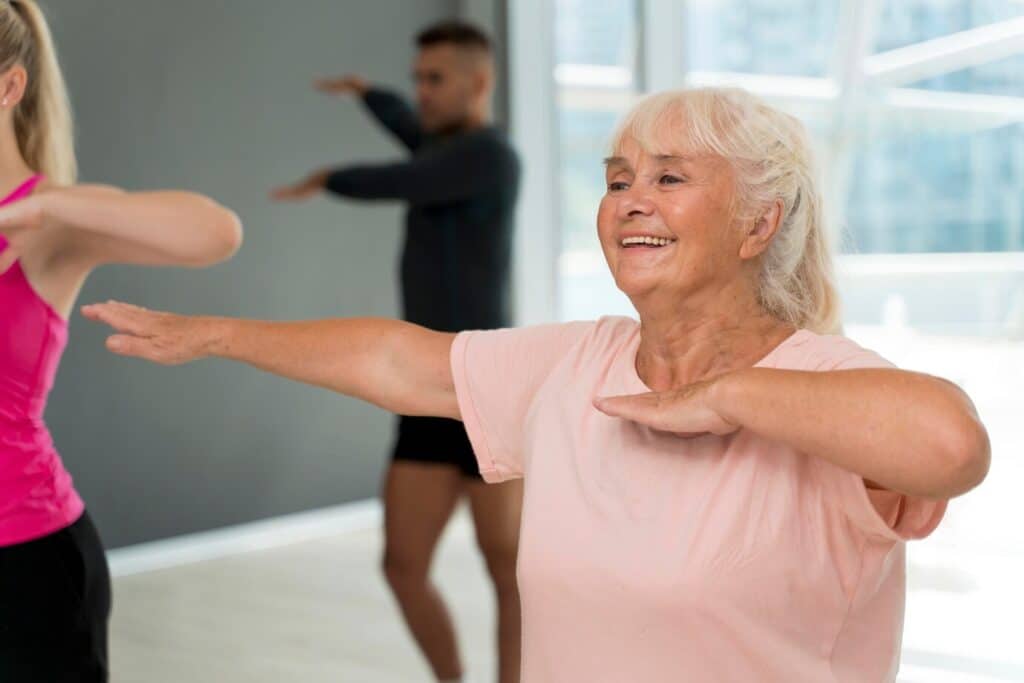
4. Social and Recreational Activities
Free senior exercise classes near you do more than just get your heart pumping—they connect you with others. Walking clubs and senior sports leagues help foster community and accountability in your fitness routine.
Group Walking Benefits
Group walking builds motivation and friendship. As you walk together, you’re not just improving your health—you’re forming meaningful bonds with like-minded individuals. Being part of a supportive community can help you stay committed to your goals.
Incorporating nature walks or organized group strolls in your routine helps boost mood and makes each step more enjoyable.
Senior Sports Opportunities
Senior exercise programs that include sports bring a fun, competitive edge to aging. Whether it’s pickleball, golf, or team games, you’ll enjoy the mental and social boost as much as the physical rewards.
| Activity | Benefit | Where to Join |
| Pickleball | Fast-paced & fun | Local rec centers |
| Bowling | Low-impact | Senior leagues |
| Softball | Builds teamwork | Community clubs |
5. Recommended Exercise Frequency and Types for Seniors
To optimize your health, strive for:
- 150 minutes of moderate-intensity activity weekly
- 2 days of strength training
- Daily balance-enhancing exercises
Mix up your weekly routine with chair yoga, resistance band training, and water aerobics to keep things fresh. These are staples of our free senior exercise programs, available both in-person and through digital platforms.
Don’t forget mobility exercises—such as stretches and functional movement drills—that support daily independence.
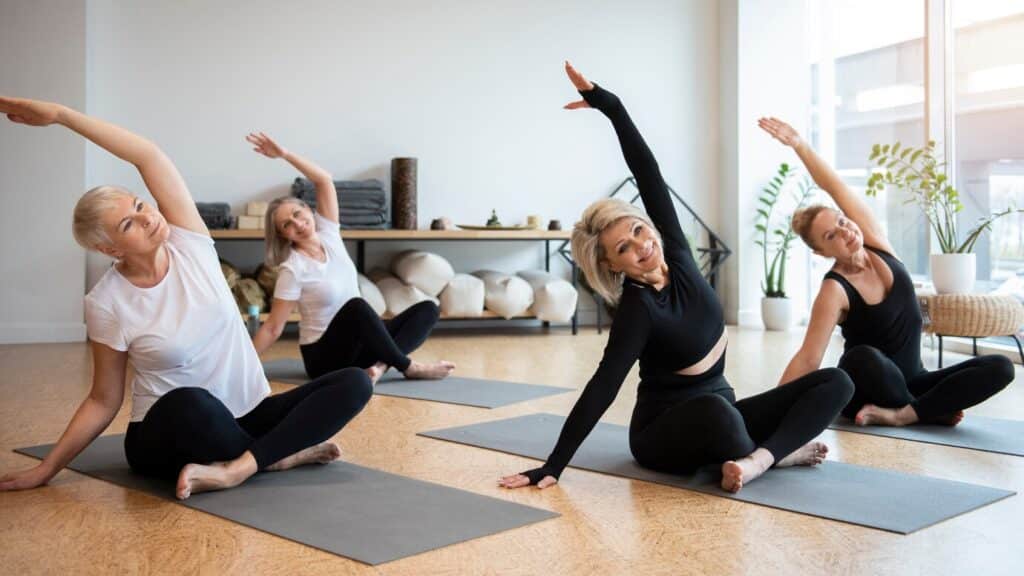
6. Benefits of Exercise for Seniors
What can regular movement do for you? Quite a lot! Seniors who stay active experience better:
- Sleep quality
- Cognitive function
- Joint and muscle strength
- Mental health and reduced stress
Senior exercise programs online allow even the busiest or homebound individuals to access top-tier training with ease. Whether you’re aiming for strength or serenity, there’s a class to match your goals.
7. Incorporating Technology and Adaptability in Exercise
Technology opens doors to accessible, personalized fitness. Platforms like SilverSneakers offer free senior exercise classes near you and online. You can explore videos, join live sessions, or follow fitness plans at your own pace.
Adaptive workouts using stability balls, resistance bands, or modified routines ensure that people of all ability levels can join in. This approach helps you stay safe while achieving consistent progress.
8. Safety, Care Needs, and Healthy Aging
Safe movement is smart movement. Here’s how to protect your health during exercise:
- Get Medical Advice: Speak with your doctor before starting new routines.
- Honor Your Limits: Avoid overexertion—listen to your body.
- Use Support Systems: Caregivers or family members can help you stay on track.
Healthy aging begins with mindful activity, and our senior exercise programs near you are designed to help you move forward with confidence.
Energize Your Life with Senior Exercise Programs
Aging doesn’t mean slowing down—it means discovering new ways to thrive. At Westmont of Culver City, our senior exercise programs are built to energize, strengthen, and connect you to your best self. Whether you’re joining a walking club, practicing Pilates, or exploring free senior exercise programs, there’s always a path to improved health.
With a blend of social connection, physical strength, and joyful movement, you can make every step count. So don’t wait—embrace this exciting chapter of life and keep moving forward!
For more information, call us at 310-736-4118 or schedule a tour.
Frequently Asked Questions
What is the best exercise program for seniors?
The best exercise program for seniors combines cardiovascular activity, strength training, flexibility, and balance exercises. Programs like SilverSneakers, chair yoga, and low-impact aerobics are explicitly designed for older adults. These routines are gentle on joints while promoting overall health and mobility. Seniors need to consult their doctor before starting any new fitness routine to ensure safety and customization.
Is there a free exercise program for the elderly?
Yes, there are several free exercise programs available for seniors. Community centers, local parks departments, and senior living communities often offer no-cost fitness classes tailored to older adults. Additionally, online platforms such as YouTube provide a wide range of free senior exercise videos, including chair workouts and stretching routines. Some Medicare Advantage plans also include access to fitness programs at no extra cost.
Does Medicare pay for exercise programs for seniors?
Original Medicare typically does not cover gym memberships or general fitness programs. However, many Medicare Advantage (Part C) plans offer fitness benefits like access to SilverSneakers, Silver&Fit, or Renew Active. These programs provide free or low-cost access to gyms and senior-friendly exercise classes. It’s best to check with your plan provider to see what specific fitness benefits are included.
What is the number one exercise seniors should do?
Walking is often considered the number one exercise for seniors due to its simplicity, safety, and overall health benefits. It helps improve cardiovascular health, maintain mobility, and support mental well-being. Walking can be done indoors or outdoors, alone or with others, making it highly accessible. It’s a low-impact activity that can be easily adjusted to different fitness levels and abilities.



